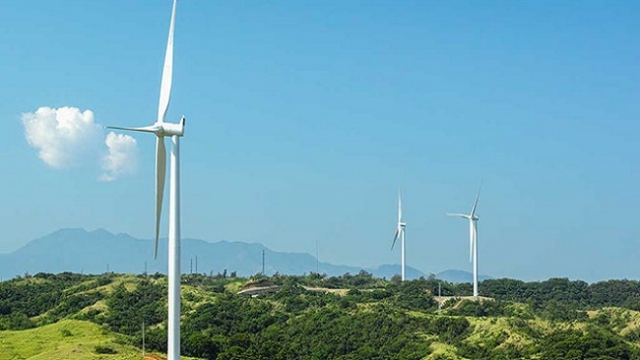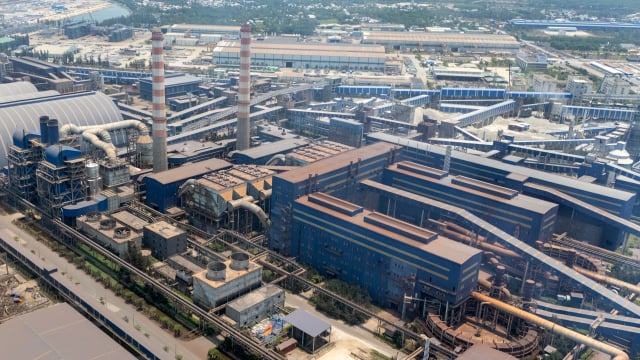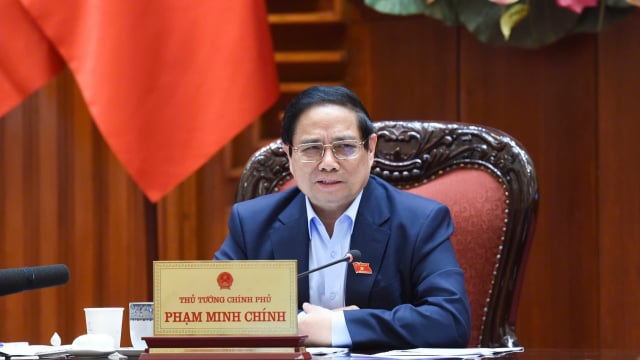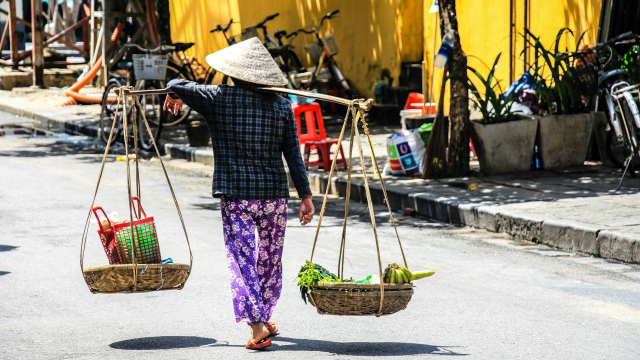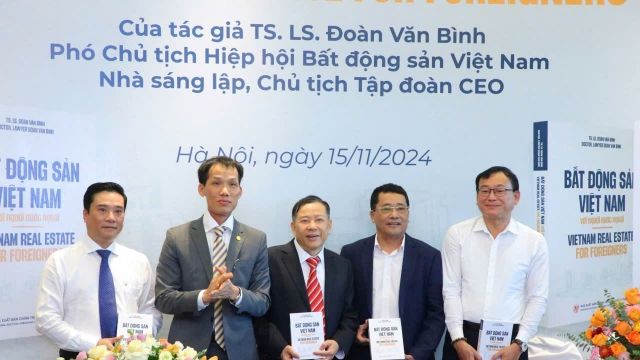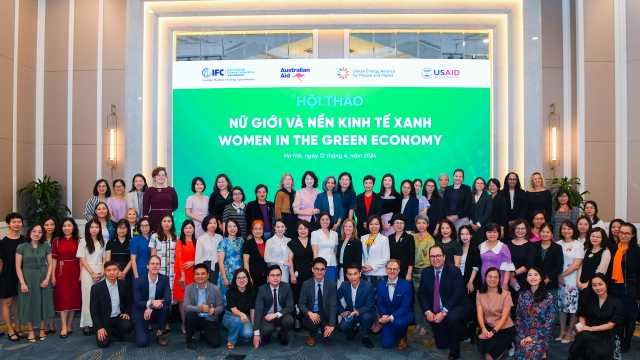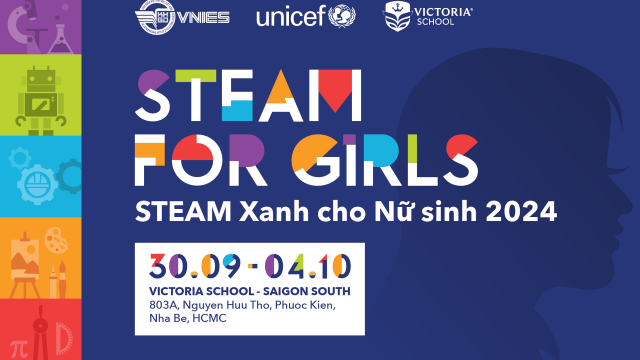National Focus
Enterprize Energy gets greenlight for $12-billion offshore wind farm
Singapore-based Enterprize Energy has received the permission from local authority to carry out survey for its 3.4-GW wind farm off the coast of Binh Thuan province.

Accordingly, Enterprize Energy will be allowed to conduct survey on an area of 2,800 square kilometres, about 20-50 kilometres from the Binh Thuan provincial shore.
The Ke Ga offshore wind project, or its official name of Thang Long Offshore Wind Power Project, will cover some 25-30 per cent of the surveyed area. The first phase of the project is expected to set up 64 turbines with the total capacity of 600 MW.
Once the survey completed, Enterprize Energy will make necessary reports in accordance with the current regulations, aimed at connecting the first phase of the Thang Long Wind project to the national grid at the end of 2022 or early 2023.
The proposed scope of the project is 3,400 MW, which is divided in six phases. The investment capital adds up to approximately $11.9 billion, excluding the costs to connect the farm to the national grid.
The following four 600-MW phases plan to be commissioned during the period of 2023-2026. The last phase, the Thang Long Wind 6, will be developed with a capacity of 400 MW.
Enterprize Energy founder and chairman Ian Hatton said that the project will turn Vietnam into a leading country across Southeast Asia in developing offshore wind power.
Enterprize Energy has been working with numerous domestic companies including Vietsovpetro, PVC - MS, EVN PECC3, Huduco, Hemera Media, and international companies such as Société Générale, MHI Vestas Offshore Wind, ODE Ltd., to back the project.
Vietsovpetro and PVC-MS, in particular, have been appointed to design and fabricate the offshore structures of the Ke Ga zone. MVOW has been selected to supply wind turbine technology for the Thang Long offshore wind project.
Société Générale, likewise, has been mandated by Enterprize Energy as lead advisor for the development process of the Ke Ga offshore wind project.
The Global Wind Energy Council (GWEC) continues to view Vietnam as a market with huge potential for both onshore and offshore wind in its "Southeast Asia Market Update: Insights on Vietnam" report.
Macroeconomic constraints and energy security have prompted the government to reconsider the country’s reliance on coal.
The Vietnamese government has committed to diversifying the energy mix with 10 per cent coming from renewable energies by 2030.
Current key challenges are the licensing process, obtaining financing, securing bankable power purchase agreements and energy performance contracting capabilities to execute projects.
The wind power project’s main challenge will be the power selling price. In September 2018, Vietnam introduced a 20-year feed-in-tariff (FIT) for onshore wind power projects standing at VND1,928/kWh ($0.085/kWh) and a FIT for offshore wind projects standing at VND2,223/kWh (roughly $0.098/kWh).
The FITs will be valid for projects scheduled to enter commercial operations before November 2021. However, the first phase of the Ke Ga project will not begin operation before 2022, and the price of wind electricity at this date is still unclear.
Commercial manager at Mainstream Renewable Power Huong Tran has pointed out the shortage of transmission lines, complicated procedures in land clearance for onshore projects are some of the challenges in the development of wind power projects in Vietnam at the Vietnam Wind Power 2019 conference held recently.
From the viewpoint of a domestic bank, a representative of Techcombank said that challenges sometimes come from investors themselves, especially in the development and management of the renewable energy projects. Private companies who have invested in renewable energy merely have experience in real estate and other profitable industries.
What is now important, according to GWEC, is that government remains committed and continue to work on the internal processes and infrastructure (grid capacity) and enhance the transparency of the investment procedures.
UPC Renewables eyes two million-dollar wind power farms in Vietnam
Resolution 68: A turning point in Vietnam's private sector policy
As Vietnam sets its sights on becoming a high-income country by 2045, Resolution 68 lays a crucial foundation. But turning vision into reality requires not only good policy - but also unwavering execution, mutual trust and national unity.
Vietnam plans upgrade of Gia Binh airport to dual-use international hub
Vietnam plans to upgrade Gia Binh Airport in Bac Ninh province into a dual-use international airport to support both military and civilian operations, the government said on Friday.
Lives under the scorching sun: Outdoor workers racing against climate change
Under unforgiving conditions, the outdoor workers - the backbone of urban economies - endure the harshest impacts of climate change while remaining overlooked by social safety nets. Their resilience and struggles highlight the urgent need for better protection in the face of rising temperatures and precarious livelihoods.
CEO Group chairman unveils guide to Vietnam real estate for foreigners
Doan Van Binh, Chairman of CEO Group and Vice President of the Vietnam National Real Estate Association, introduced his latest book, “Vietnam Real Estate for Foreigners,” at a launch event in Hanoi on Friday.
Women leading the charge in Vietnam's green transition
Acting for increased women’s participation and leadership in climate action, Vietnam can accelerate a transition that is more inclusive, just, and impactful.
Steam for girls: A journey of passionate and creative girls
The "Steam for girls 2024" competition provides a creative platform for Steam and an opportunity for students to connect with peers from various regions within Vietnam and internationally.















